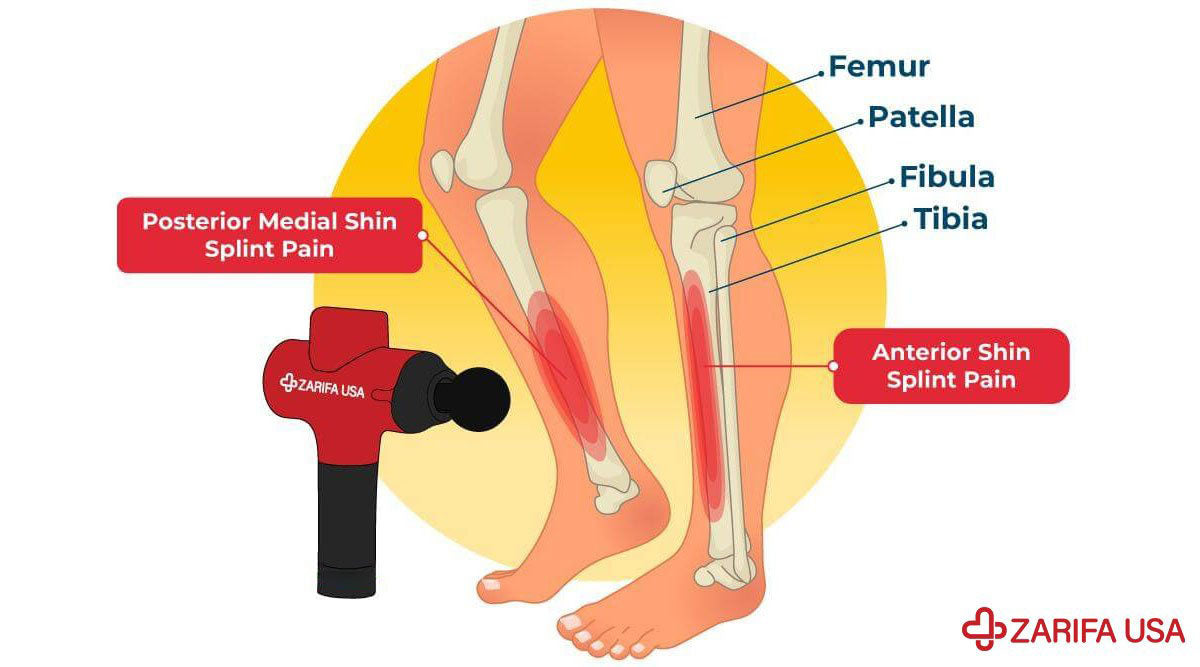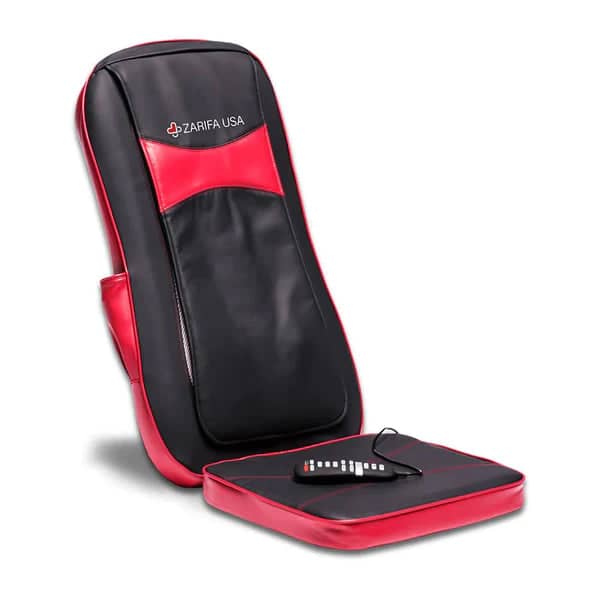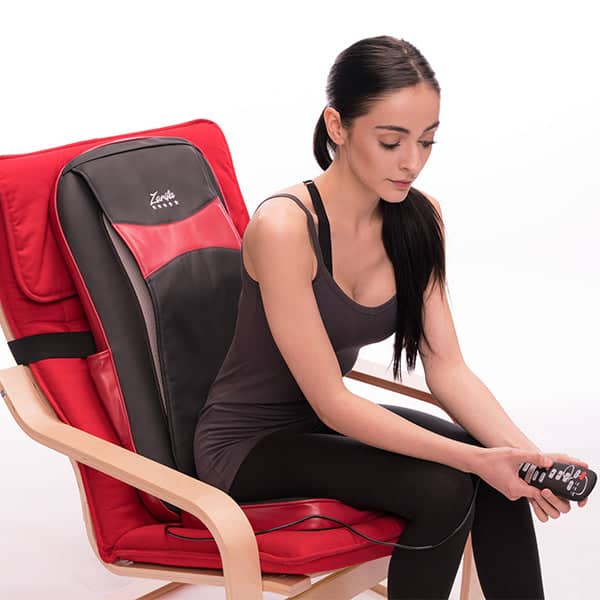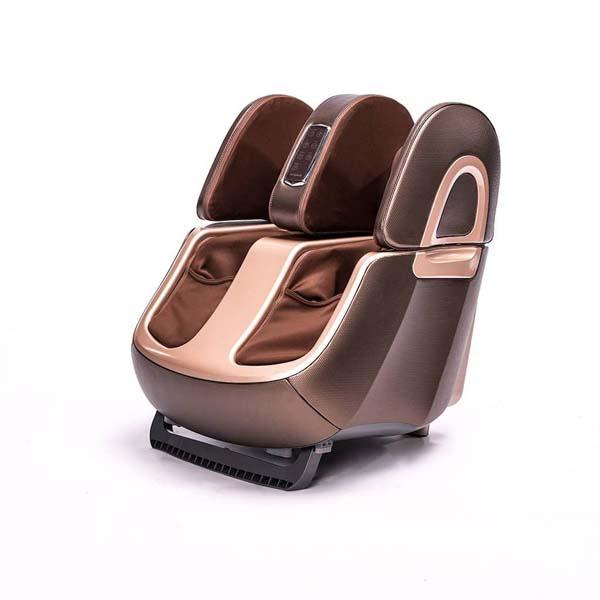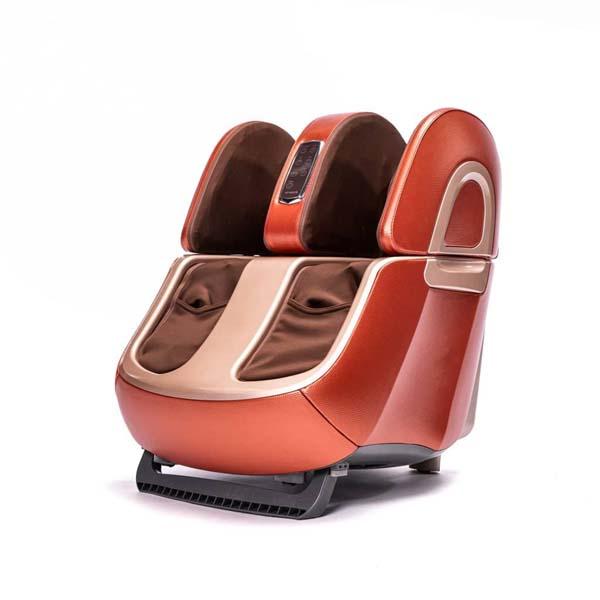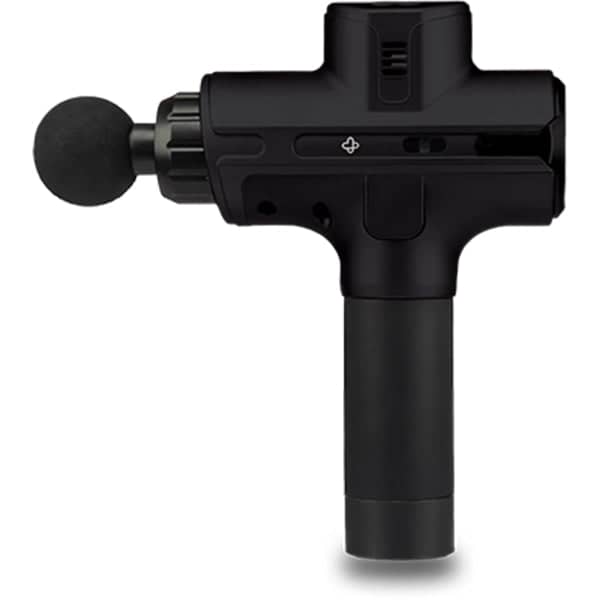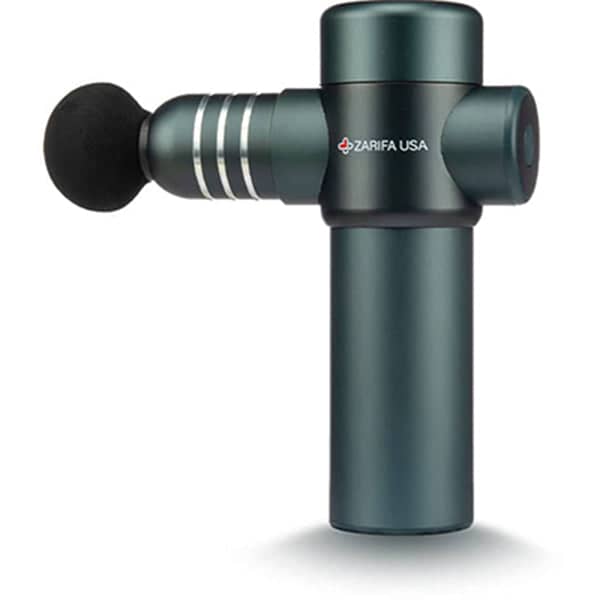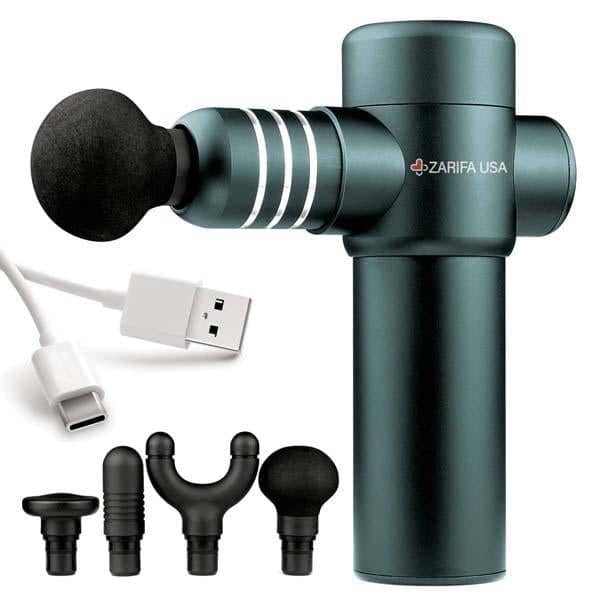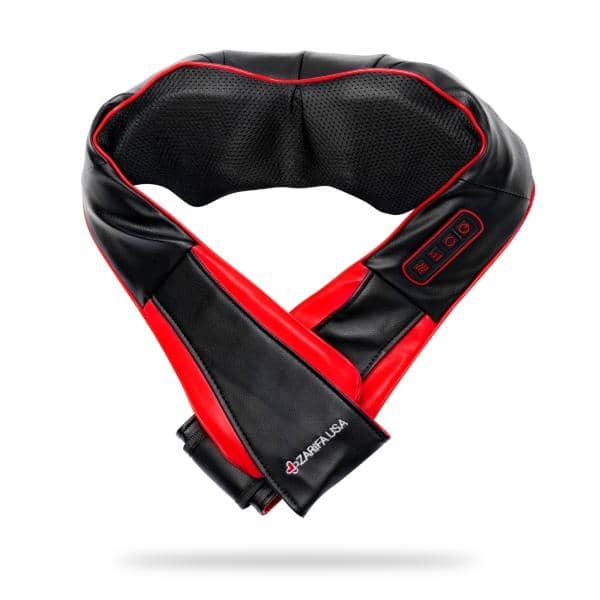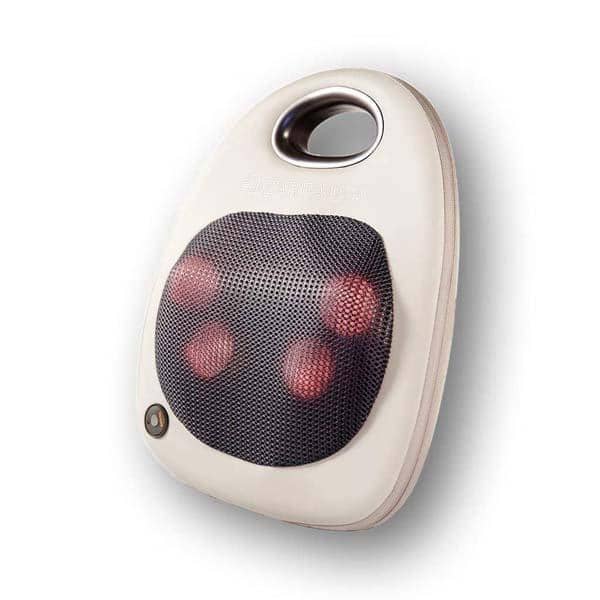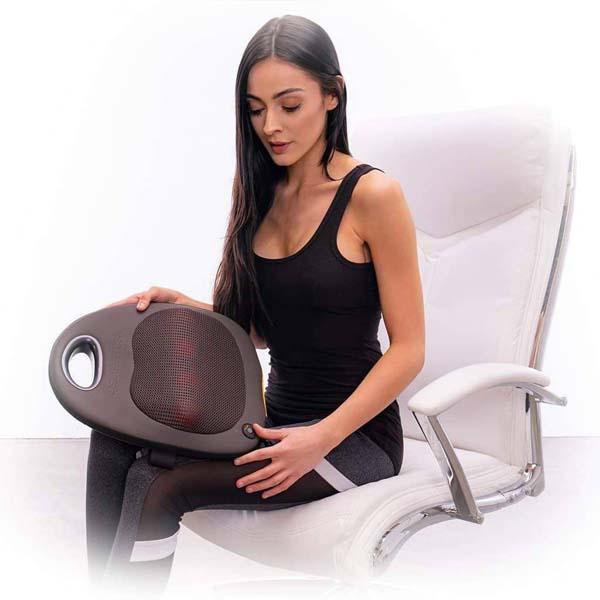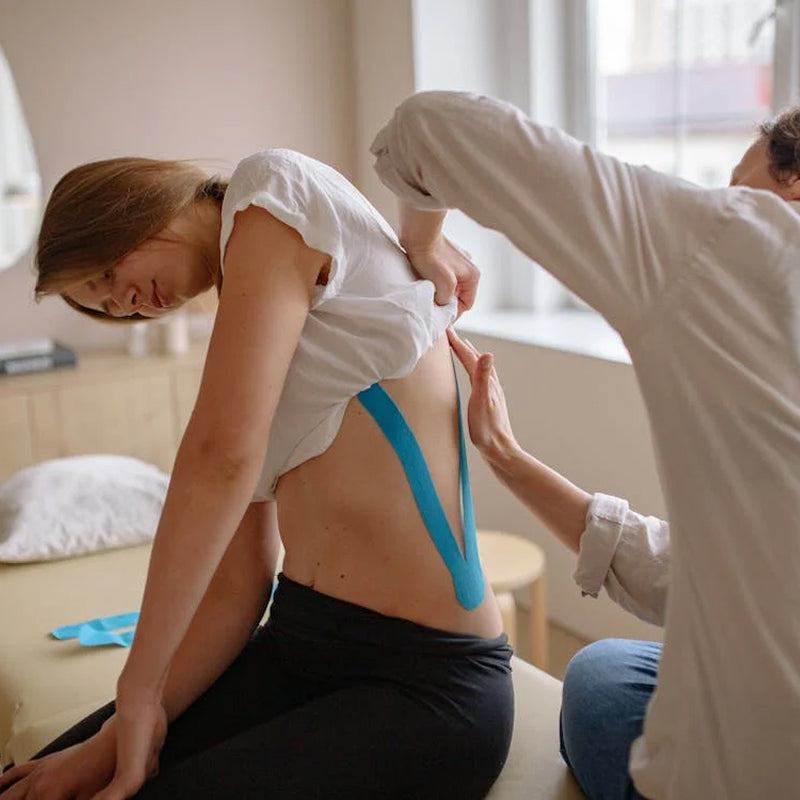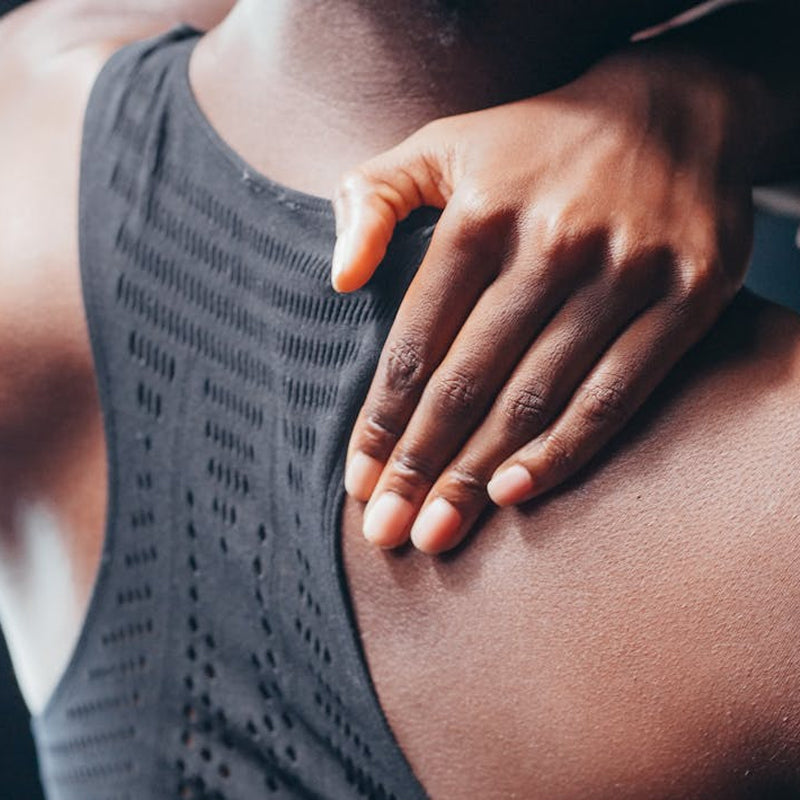Understanding Shin Splints
What are Shin Splints?
Shin splints, also known as medial tibial stress syndrome, are a common overuse injury that affects the lower leg. They occur when there is excessive stress on the shin bone and the connective tissues that hold the muscles to the bone, leading to inflammation and pain. Shin splints are often characterized by a dull ache or sharp pain in the front of the lower legs, which can be exacerbated by activities such as running, jumping, and cycling. This condition is particularly prevalent among athletes and individuals who engage in high-impact sports or activities.
Causes and Symptoms of Shin Splints
Shin splints are caused by repetitive stress on the muscles, tendons, and bones in the lower legs. This can be due to sudden changes in exercise routine, wearing shoes that don’t fit well or are worn out, or certain types of exercise that put excessive stress on the lower legs. Common symptoms of shin splints include pain, swelling, and redness in the affected area. Additionally, individuals may experience stiffness and limited mobility in the affected leg, with pain that worsens when standing or walking on hard surfaces. Recognizing these symptoms early can help in managing and treating shin splints effectively.
Understanding Shin Splints Treatment
Shin Splint Massage Gun
Shin splints are a common complication among people who train excessively and don’t follow vital care measures. Among the most frequently adopted treatments for shin splints are rest, self-care, ice, comfortable footwear, and workout routine changes. However, with the advent of technology, experts have developed another unique and highly effective solution: massage guns.
Shin splints are medically known as medial tibial stress syndrome. This syndrome causes pain along the prominent bone of the legs. Heavy activity and repetitive trauma typically cause this syndrome. It usually affects athletes, runners, and heavy lifters, who are at a higher risk of developing shin splints due to their vigorous physical activities. Anterior shin splints involve pain at the front of the shin related to the tibialis anterior muscle, while medial shin splints cause pain on the inner side of the shin associated with the tibialis posterior muscle.
Excessive load and tension on the tibia lead to pain in the bones and attached muscles. The etiology involves erosion of bone and affects the tendons and ligaments.
Causes of Shin Splints
Any activity that leads to repetitive stress or force on the shin bone and connective tissues can increase the risk of shin splints. Here are some of the most diagnosed causes of shin splints:
- Pes planus or flat feet resulting from the collapse of the medial longitudinal arch
- Uncomfortable footwear that fits poorly and lacks foot support
- Excessive workout without any warm-up sessions
- Inflammation around the shin bone resulting from a mild fracture
- Weakness in the hip and core muscles
Untreated shin splints can lead to more serious conditions like stress fractures, which are small cracks in the bone caused by repetitive strain.
High Risk for Shin Splints
The following types of people are more likely to be affected by medial tibial stress syndrome:
- Runners
- Those who experience a sharp increase in the intensity of exercise
- People who consistently run or speed walk on an uneven path
- Those going through military training
Symptoms of Shin Splints
The following symptoms commonly appear in patients with medial tibial stress syndrome:
- Soreness and tenderness along the side of the bone
- Mild swelling and pain in the lower legs
Managing Shin Splints
Doctors usually give patients a well-tailored management plan according to the severity of their conditions. Most splints respond well to rest, ice, and other self-care. Using correct shoes and adjusting one’s workout regimen can help avoid the recurrence of shin splints. The first steps include conservative management with some lifestyle modifications.
How to Prevent Shin Splints
At-risk people can prevent shin splints by exercising some essential measures. The following practices will avoid extra tension on the tibias, femurs, and hip bones:
- Test your range of motion.
- Do not overexert force.
- Pick the best shoes.
- Protect the arch of your foot.
- When buying shoes, look for insoles that resist shock.
- Do strength conditioning of your muscles.
Massage Therapy for Medial Tibial Stress Syndrome
According to a Harvard Health School study, massage therapy for pain has proven to be super effective. Subjects who received a sixty-minute massage therapy session two or three times a week for over a month experienced less chronic pain than subjects who received no massage. The control group also saw less recovery than the experimental group. A massage therapist can provide targeted treatments, such as sports and deep tissue massages, to alleviate pain and improve healing time for individuals suffering from shin splints.
Read more: Massage Gun for Wrist Pain
Using a massage gun for shin splints is an effective way to reduce the pain. Massage guns can alleviate the stress, tension, and damage associated with shin splints.
Read more: What is Percussive Therapy and How It Helps Your Muscle?
How Can Massage Guns Help Shin Splints?
Massage guns can be an effective tool in helping to alleviate shin splint pain. By using deep tissue massage techniques, massage guns can help to release tension in the muscles and connective tissue, reduce inflammation, and promote healing. The percussive action of the massage gun helps to increase blood flow to the affected area, which can accelerate the recovery process. Additionally, massage guns can help to break up scar tissue and reduce muscle soreness, making them a valuable tool in the treatment and prevention of shin splints. Incorporating a massage gun into your routine can provide deep pain relief and support overall muscle health.
Advantages of Massage Guns for Providing Deep Pain Relief for Shin Splints
Massage treatment does not remove musculoskeletal pain altogether. However, it increases blood flow to muscle tissues, which may help decrease swelling and muscular discomfort. Massage guns for shin splints are often used to warm up muscles before vigorous workouts. Massage therapy can also alleviate tight calf muscles, a significant factor contributing to shin splints, by increasing blood flow and targeting specific connective tissue areas.
Massage guns are safe to use. They do not harm human muscle or bone when used properly. They are programmed to only apply pressure the muscle can endure.
In addition to massage guns, incorporating shin splint stretches is crucial for both treatment and prevention of shin splints.
Oscillation therapy increases physical strength, endurance, and kinesthetic sensitivity. It also reduces muscle soreness, improves range of motion, and enhances blood circulation under the skin.
Read more: Are Massage Chairs Worth It?
Massage guns for shin splints are not just easy to use, but also affordable. They are long-lasting and do not use much electricity or power.
Patients sometimes complain about massage gun treatments. They say they do not like it and they find it awkward or irritating. Discomfort is usually caused by a medical disorder called vein loss and an elevated concentration of fluid within the calf muscles. It is rarely associated with the massage gun. For the average patient, massaging a painful leg will undoubtedly cause pain initially. However, this biomechanical technique can benefit you in the longer run.
Effective Massage Techniques for Shin Splints
When using a massage gun for shin splints, it’s essential to use effective massage techniques that target the affected area. Here are some techniques to try:
- Deep Tissue Massage: Use the massage gun to apply deep pressure to the affected area, focusing on the muscles and connective tissue. This helps to release deep-seated tension and promote muscle relaxation.
- Trigger Point Therapy: Use the massage gun to apply pressure to specific areas of tension, holding for 10-15 seconds to release the tension. This technique is particularly effective for targeting knots and tight spots in the muscles.
- Effleurage: Use the massage gun to apply long, flowing strokes to the affected area, helping to warm up the tissues and promote relaxation. This technique is great for preparing the muscles for deeper work.
- Petrissage: Use the massage gun to apply kneading-type strokes to the affected area, helping to break up scar tissue and promote healing. This technique can improve muscle flexibility and reduce stiffness.
Remember to always start with light pressure and gradually increase as needed. It’s also important to communicate with a healthcare professional if you experience any pain or discomfort during the massage. Using these techniques can provide effective relief from shin splint pain and support your overall recovery process.
Cost of a Massage Gun for Shin Splints
Massage guns for shin splints are priced at about $400 to $1000, depending upon the system, steering, and smart technology. If you think about it, they are a one-time investment. They save you from having to travel to multiple $100 massage appointments. Furthermore, mildly stretching the lower legs with the vibration of a massage gun for shin splints is much less painful than a traditional deep tissue massage.
Read more: Massage gun is good for back pain
Takeaway
Shin splints are a part of medial tibial stress syndrome. It is caused by repeated stress on your legs. Managing your exercise routine is crucial to prevent shin splints. The disturbed physiology leads to pain. Massage has been proved to be effective against sore muscles and painful bones. Research shows that pain decreased with massage gun use. In addition to providing pain relief, massage guns for shin splints also train leg muscles to endure long periods of tension in the future. They are very useful for strength training.

